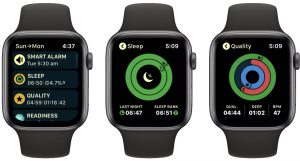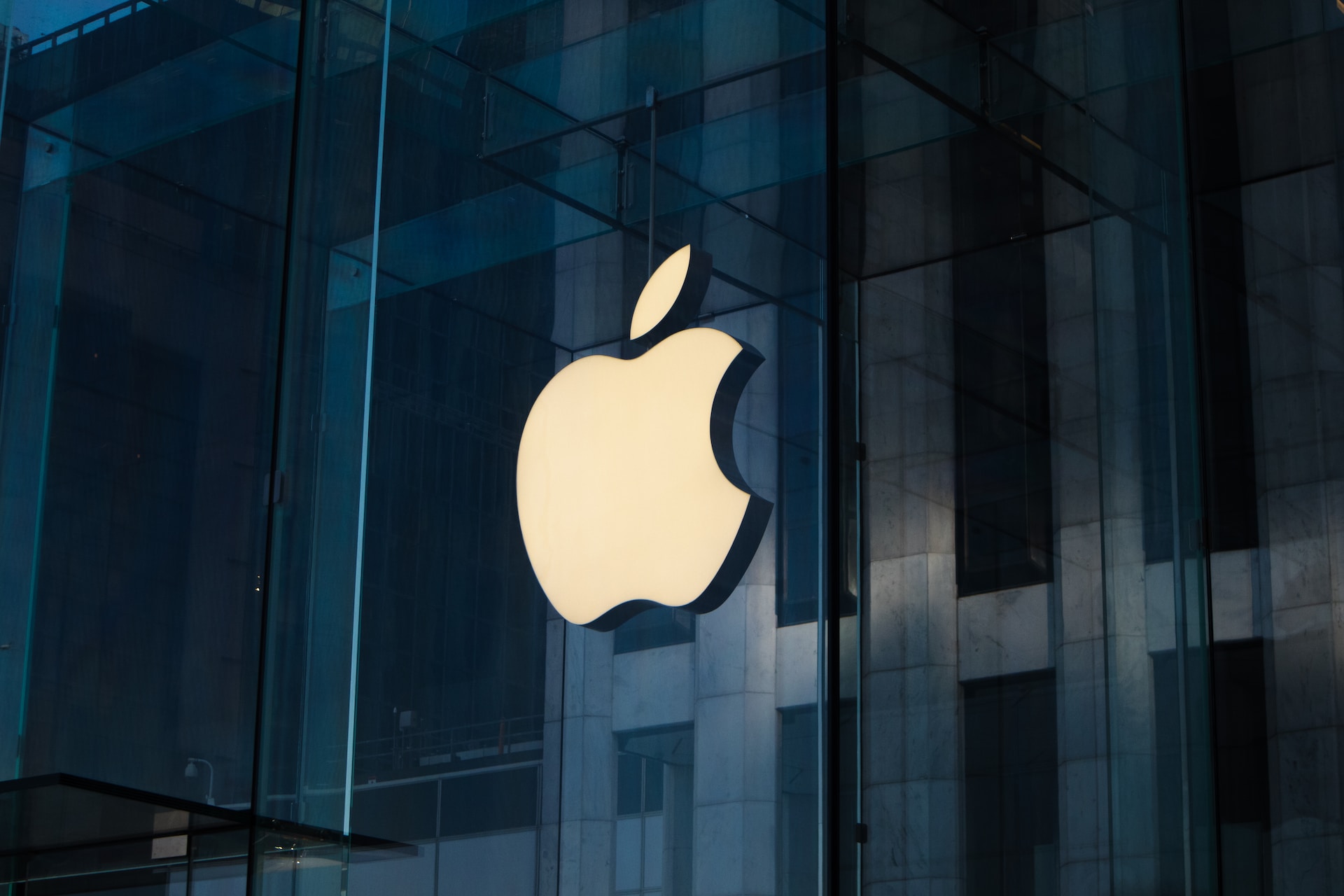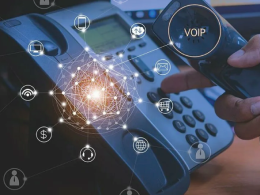How Apple Fought Back Against the Apple Watch Sales Ban
Introduction
Hi, I’m Fred Wilson, a tech journalist and a legal expert. I’ve been following the Apple vs. Samsung patent case for the past two years, and I’m here to share with you some insights into how Apple fought back against the threat of losing its watch sales in the US market. In this article, I’ll explain the background of the case, the main arguments of both sides, the court rulings, and the negotiation tactics that Apple used to protect its interests and reputation.
Background of the Case
The case began in 2020, when Masimo, a medical technology company, sued Apple for allegedly infringing on five patents related to light-based blood oxygen monitoring. Masimo claimed that Apple hired some of its employees and used their knowledge to develop the blood oxygen sensor feature for the Apple Watch Series 6 and later models. Masimo also accused Apple of using its market power to discourage other companies from working with Masimo. Apple denied the allegations and argued that its watch feature was based on its own research and innovation.

The ITC Ruling and the Import Ban
In January 2021, a judge from the US International Trade Commission (ITC) ruled that Apple had violated two of Masimo’s patents and recommended an import ban on the Apple Watch Series 9 and the Ultra 2, which were the latest models at the time. The ITC is a federal agency that has the authority to block the import of products that infringe on US patents. The judge’s ruling was upheld by the full commission in October 2021, and the import ban was set to take effect on December 26, 2021, unless the president intervened and vetoed the order.
Apple’s Appeal and Negotiation Strategies
Apple appealed the ITC’s ruling and tried to convince the commission to stay the ban until the appeal was resolved. Apple also asked the president to overturn the order, citing the potential harm to the public interest, the national security, and the competitive conditions in the US economy. Apple argued that the ban would deprive millions of Americans of access to its watch products, which offer health, wellness, and safety features that are not available in other devices. Apple also claimed that the ban would undermine its ability to compete with Samsung, its main rival in the smartphone and smartwatch markets, and that it would jeopardize its supply chain and its relationship with its customers and partners.
Apple also pursued various technical and legal options to avoid or minimize the impact of the ban. For example, Apple tried to design around the patents by modifying its watch software and hardware to avoid infringement. Apple also challenged the validity of Masimo’s patents at the US Patent and Trademark Office (USPTO), hoping to invalidate them or narrow their scope. Apple also filed counterclaims against Masimo, accusing it of copying some of Apple’s watch features and violating some of Apple’s patents.
The Outcome and the Lessons Learned
On December 27, 2021, a US appeals court temporarily lifted the import ban on the Apple Watch models, granting Apple’s request for an emergency stay. The court said that Apple had shown a likelihood of success on the merits of its appeal and that it would suffer irreparable harm if the ban remained in effect. The court also said that Masimo had not shown that it would be harmed by the stay or that the public interest favored the ban. The court’s decision allowed Apple to resume selling its watch models in the US while the appeal was pending.
The Apple vs. Samsung case is a fascinating example of how a company can use various negotiation strategies to defend its products and interests in a patent dispute. The case shows that negotiation is not only about reaching a settlement, but also about influencing the outcome of the litigation, the court decisions, and the public opinion. The case also shows that negotiation is not a one-time event, but a continuous process that involves multiple parties, venues, and issues. The case also illustrates some of the challenges and risks that companies face when they rely on patents to protect their innovations and when they compete in a global and dynamic market.











